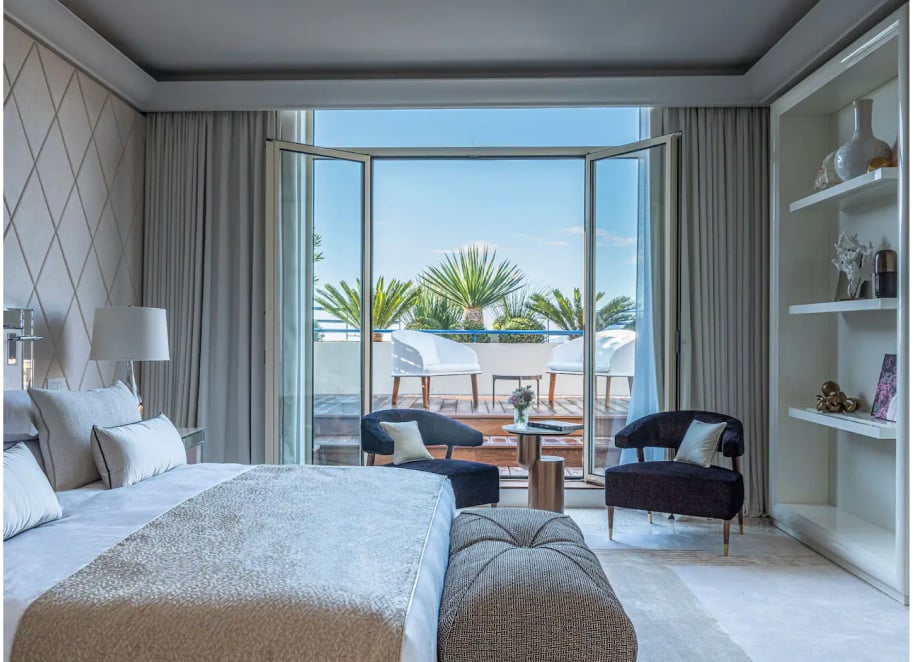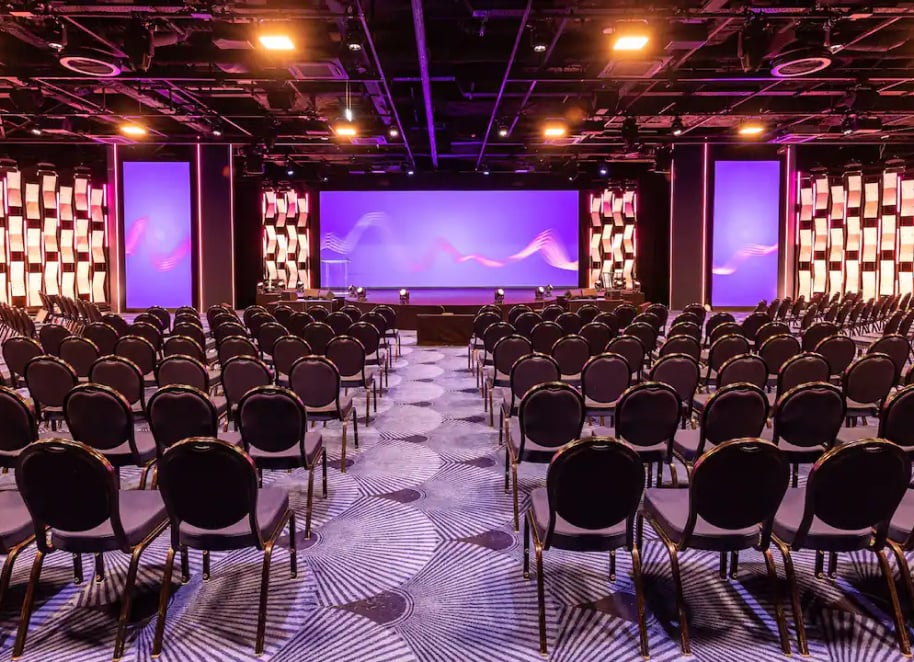We are delighted to welcome you to our Global Congress & 35 Year Celebration
Celebration Party
French
Riviera
Session
Keynote Speakers
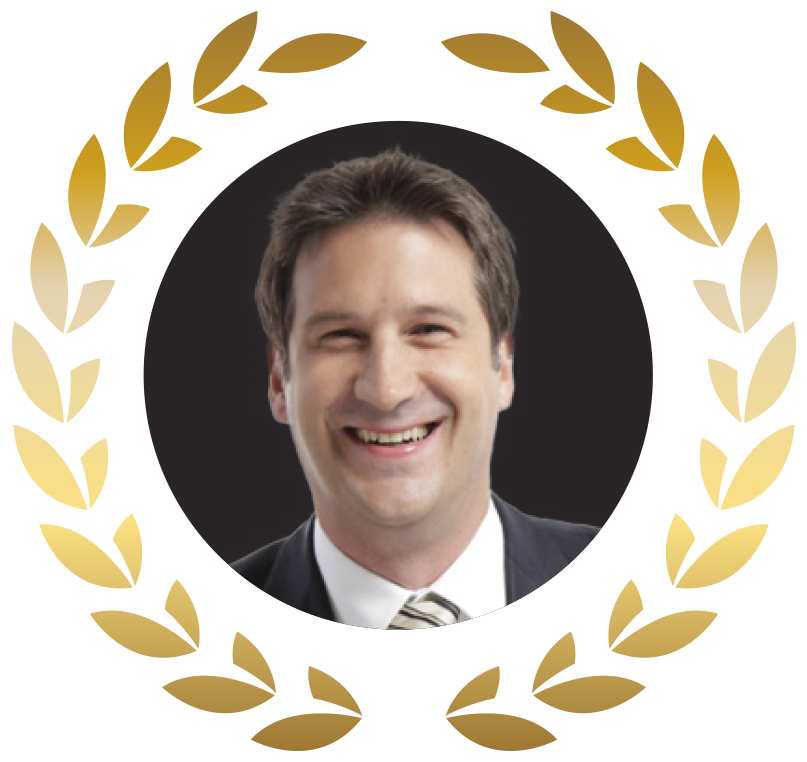
Dr. Giampiero Ciabattoni
Italy
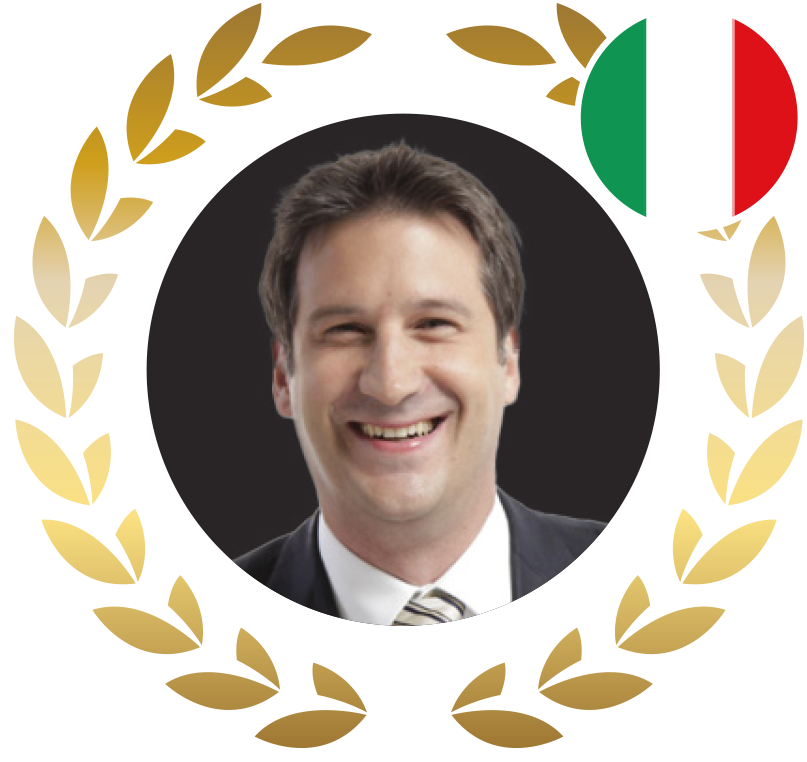
Dr. Giampiero Ciabattoni
Dr. Giampiero Ciabattoni is a professor for the Computer Assisted Implant and Prosthetics Master’s degree at the University of Genoa. He is the author of the highly acclaimed “Digital Implantology,” translated into several languages, and is the co-author of “Fundamentals of Esthetic Implant Dentistry.”
Dr. Ciabattoni has attended numerous courses at the Brånemark Clinic in Sweden, and worked closely with Prof. Stefan Lundgren, University of Umea, Sweden, Dr. Eric Van Dooren, Belgium, and Dr. Mauro Fradeani, Italy. He participates in various studies on immediate function, guided surgery, and post-extraction systems, and lectures on these topics at conferences in Italy, and around the world.
Dr. Ciabattoni owns and manages a private practice in Faenza that specializes in oral surgery, implantology, and prosthodontics. He is a graduate of the University of Ferrara Medical School, and holds a doctorate in Dentistry and Dental Prosthetics, from the University of Florence.
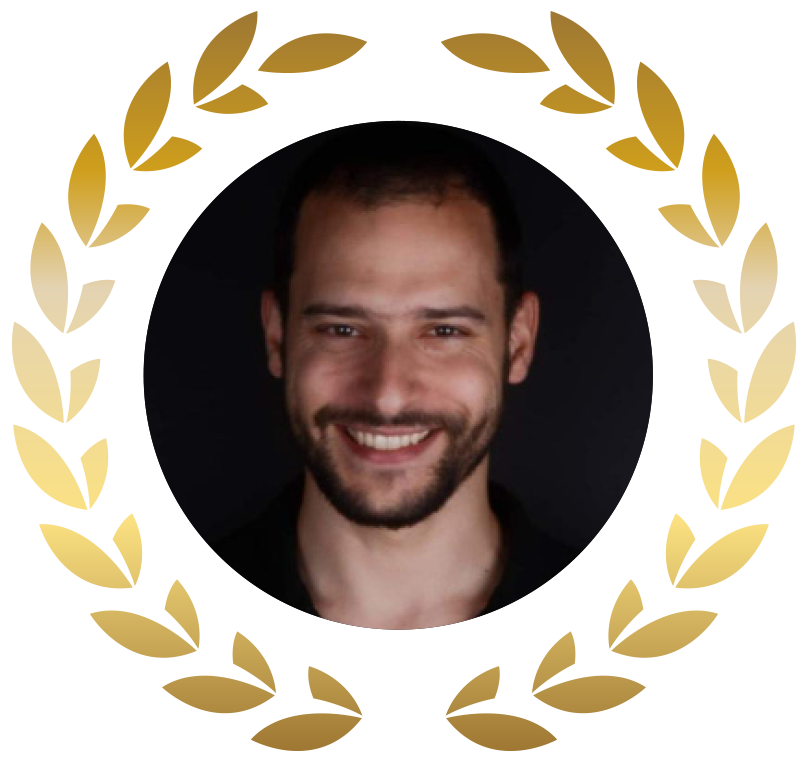
Dr. Paulo Carvalho
Portugal
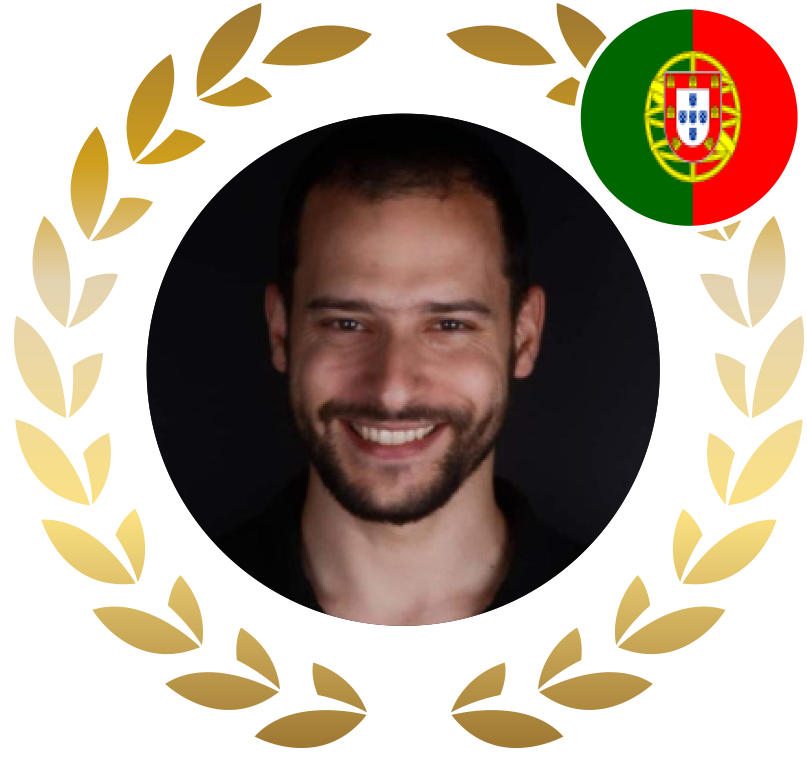
Dr. Paulo Carvalho
Dr. Paulo Carvalho is a Doctor of Dental Surgery (DDS), Faculty of Dental Medicine, University of Porto (FMDUP), Portugal. He serves as the Head Coordinator, Implant Prosthetics Clinical Residency, Foramen Dental Education training center, Porto, teaches Implantology and Oral Rehabilitation courses in the private sector, and is a frequent guest speaker at both national and international conferences. He holds post-graduate degrees in Implant Dentistry, Mucogingival and Periodontal Surgery, and Advanced Oral Surgery and Autologous Bone Grafts via Implant (Brazil), with a residency in Aesthetic Dental Rehabilitation, Foramen Dental Education. Dr. Carvalho owns and manages a private practice in Porto, focused on Implant Dentistry, Periodontology, and Aesthetic Oral Rehabilitation.
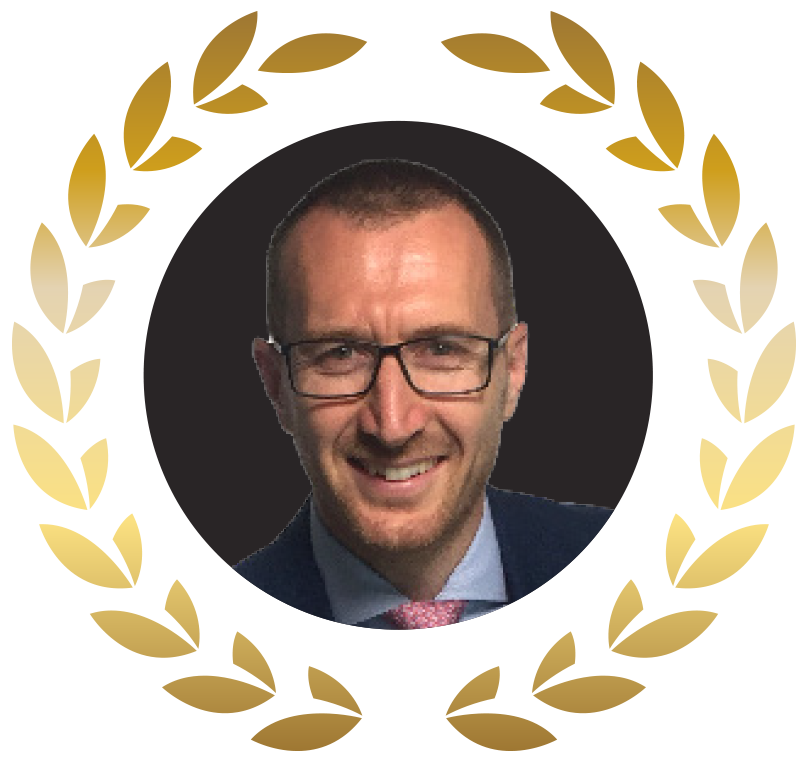
Dr. Luca De Stavola
Italy
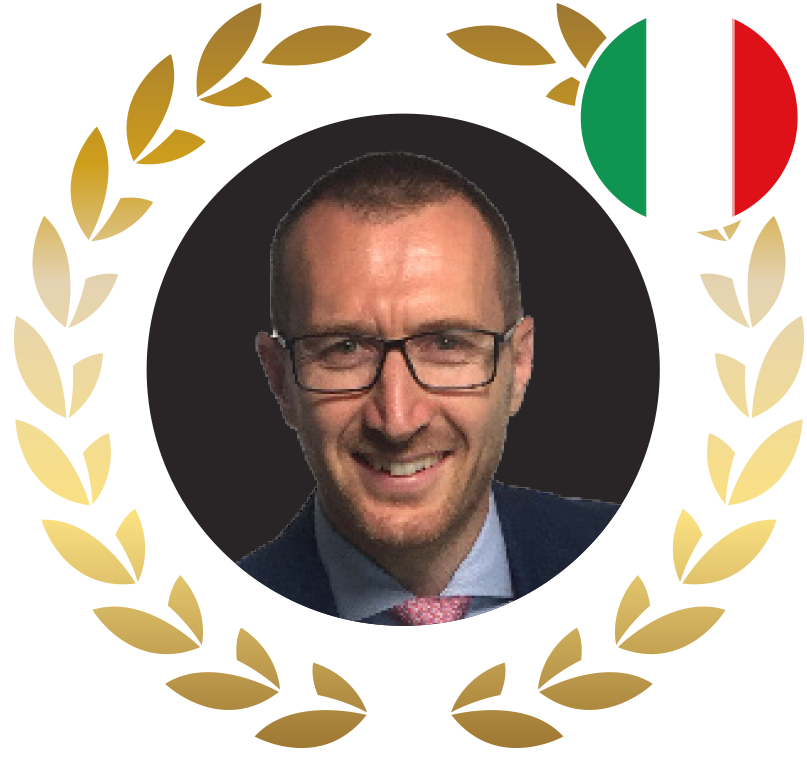
Dr. Luca De Stavola
Dr. Luca De Stavola is a member of the European Association for Osseointegration (EAO), the Italian Academy of Osseointegration (IAO), and since 2021, has been on the IAO Board of Directors. He is the author and co-author of numerous peer-reviewed manuscripts published in international journals, and a guest lecturer and speaker at courses and conferences, including the Spanish Society of Periodontology Annual Congresses (SEPA) 2016 and 2018, EAO Annual Congresses, 2017, 2019 and 2022, and EUROPERIO 10, 2022.
Dr. De Stavola owns and manages private clinics in Padua and Treviso, dedicating his work to the field of periodontology, oral surgery, implant dentistry, and bone regeneration. He holds a graduate degree in Dentistry from the University of Padua, with a post-graduate degree in Oral Surgery, under the auspices of Prof. Fouad Khoury, Olsberg, Germany, and a master's degree in Oral Medicine in Implant Dentistry, University of Munster, Germany.
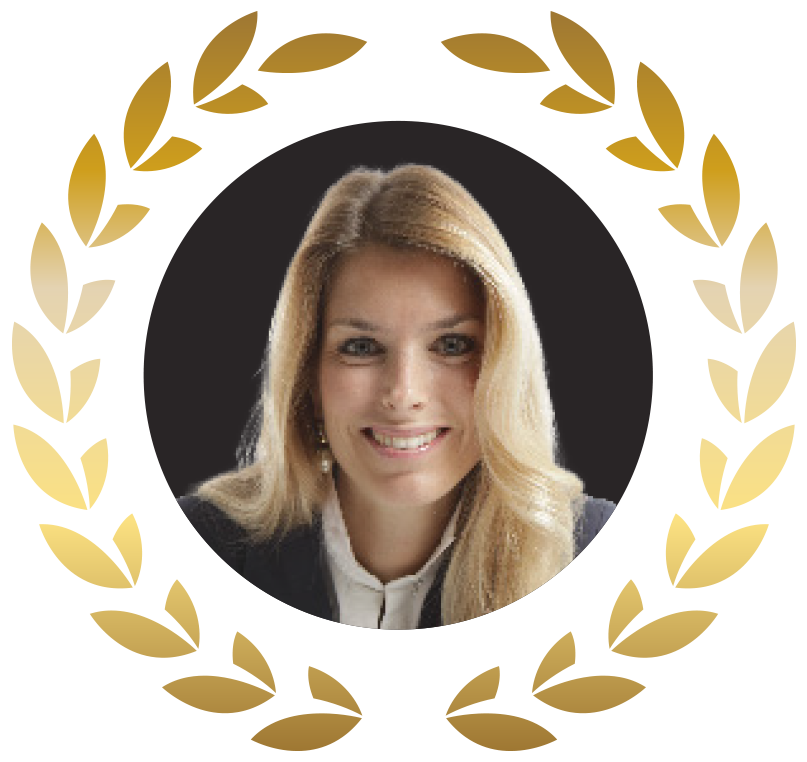
Dr. Isabella Rocchietta
United Kingdom
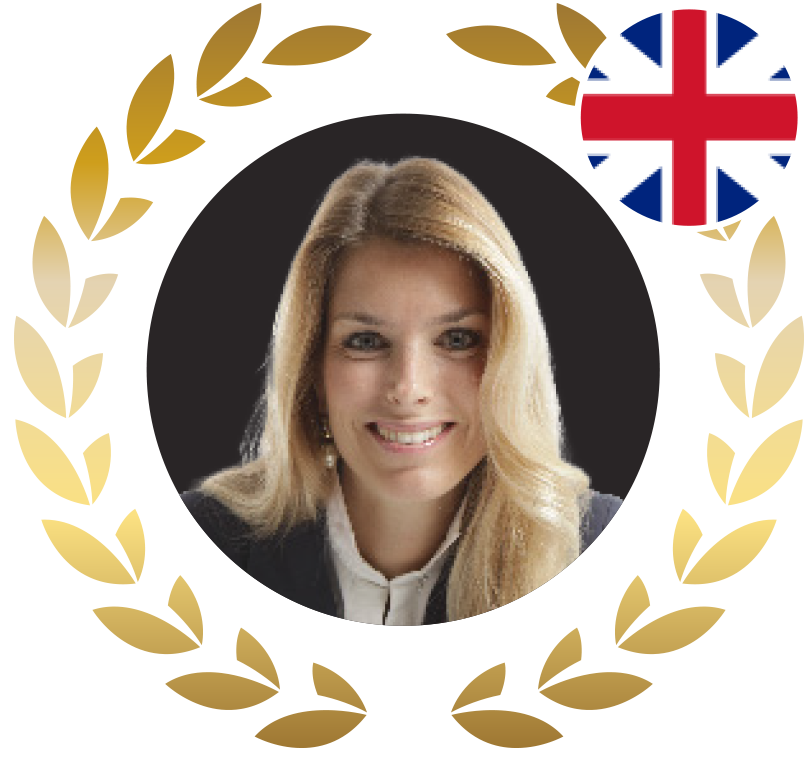
Dr. Isabella Rocchietta
Honorary Senior Research Associate to the department of Periodontology of the UCL Eastman Dental Institute, London. Lecturer for the Diploma in Implant Dentistry at The Eastman Dental Institute, UCL, London. MSc in Restorative and Aesthetic Dentistry from the University of Manchester, UK.
Elected board member of the Osteology Foundation from 2023. Board Member of the EAO (European Academy for Osseointegration) from 2016 to 2022. Chairman of the EAO Junior Committee from 2007 to 2011 and member of the Experts Council of the Osteology Foundation.
Author of several international peer reviewed publications and book chapters and international speaker on bone regeneration, bone grafting with growth factors, tissue engineering, soft and hard tissue neo-formation with autogenous living cells, osseointegration and implant protocols.
Dr. Isabella Rocchietta currently performs clinical work limited to periodontics and Implant dentistry in Milan, Italy and in London, U.K.
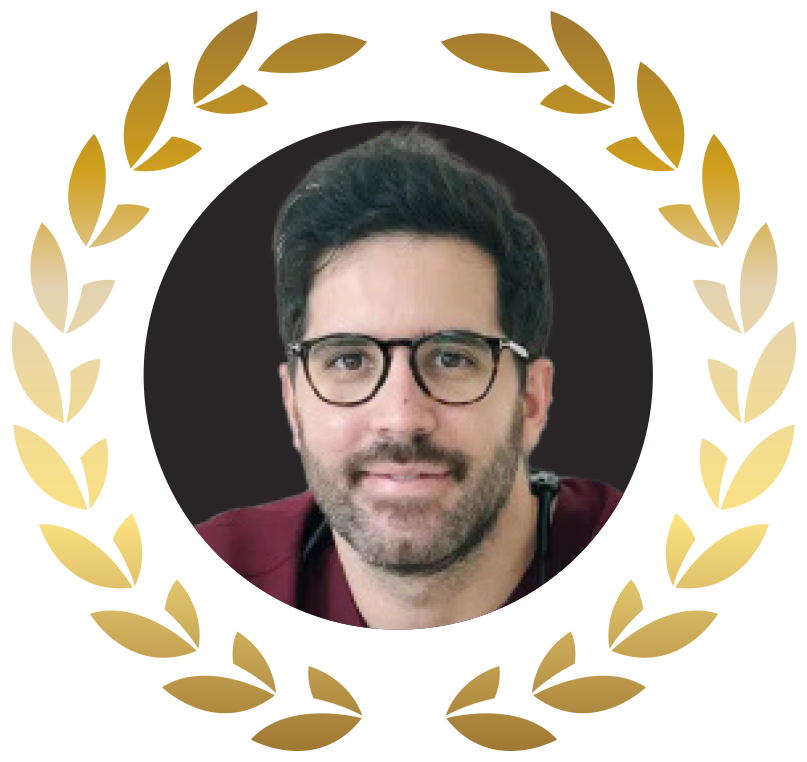
Scientific Committee
Dr. Ernest Lucas Taulé
Spain

Dr. Ernest Lucas Taulé
Scientific Committee
Dr. Ernest Lucas Taulé is a specialist in oral implantology and an associate professor at the International University of Catalonia, Department of Oral and Maxillofacial Surgery. He is the author and co-author of numerous papers and research in the field of dentistry, and a keynote speaker at national and international conferences and courses in the fields of implantology and autotransplantation.
Dr. Lucas-Taulé practices oral surgery and implantology in Spain and the UK. He holds a degree in dentistry, an international master's degree in oral surgery, and a PhD in dentistry with the highest distinction (Cum Laude) from the Universitat Internacional de Catalunya (UIC).
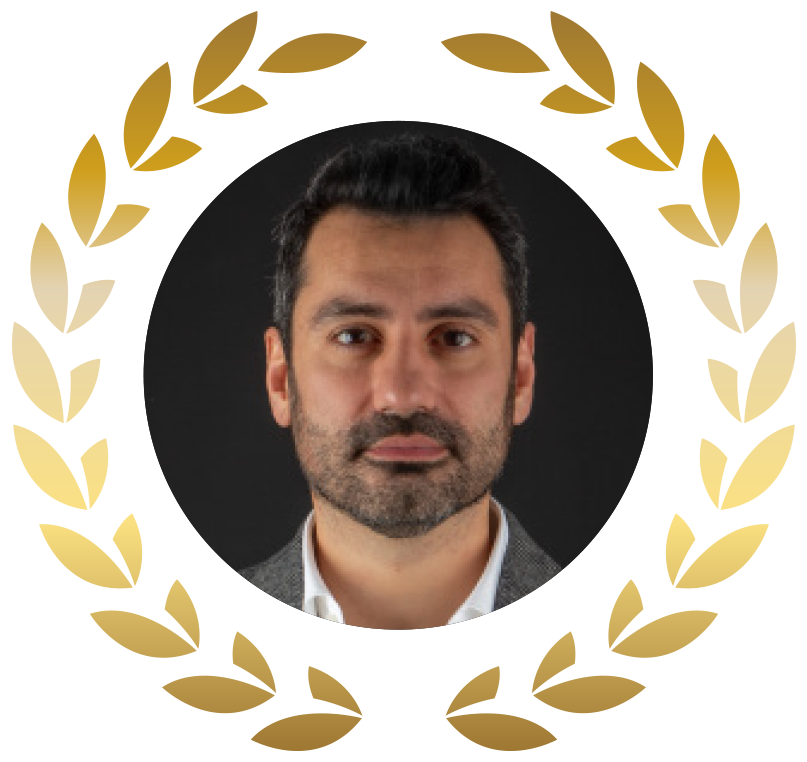
Dr. Pedro Moura
Portugal
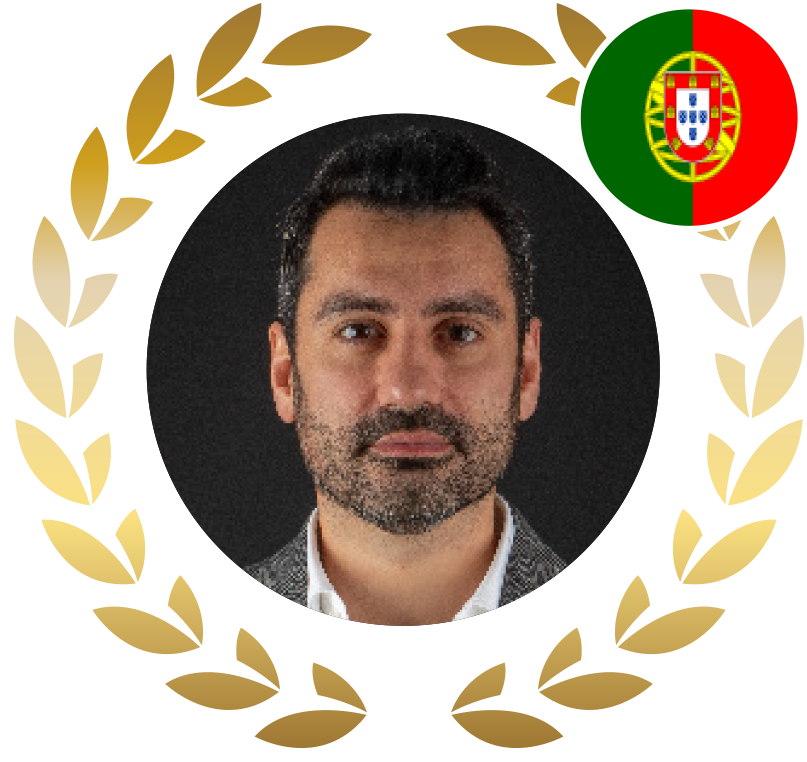
Dr. Pedro Moura
Dr. Pedro Moura is a member of the Board of the Portuguese Society of Implantology and Osteointegration (SOPIO). In 2014, he founded and is currently the pedagogic coordinator at Foramen Dental Education, a dental training center in Porto dedicated to educating dentists in all areas of dentistry. In collaboration with Foramen Dental Education, he is also the Director of the Surgery and Clinical Residency Master’s program, at Universidad Miguel Cervantes, where he leads a team of residents over a 10-month education and training period.
Dr. Moura lectures regularly at both national and international conferences and has been a keynote speaker at numerous events in the field of dental surgery, including autologous grafts, digital dentistry, sinus lift, full arch, and mucogingival procedures.
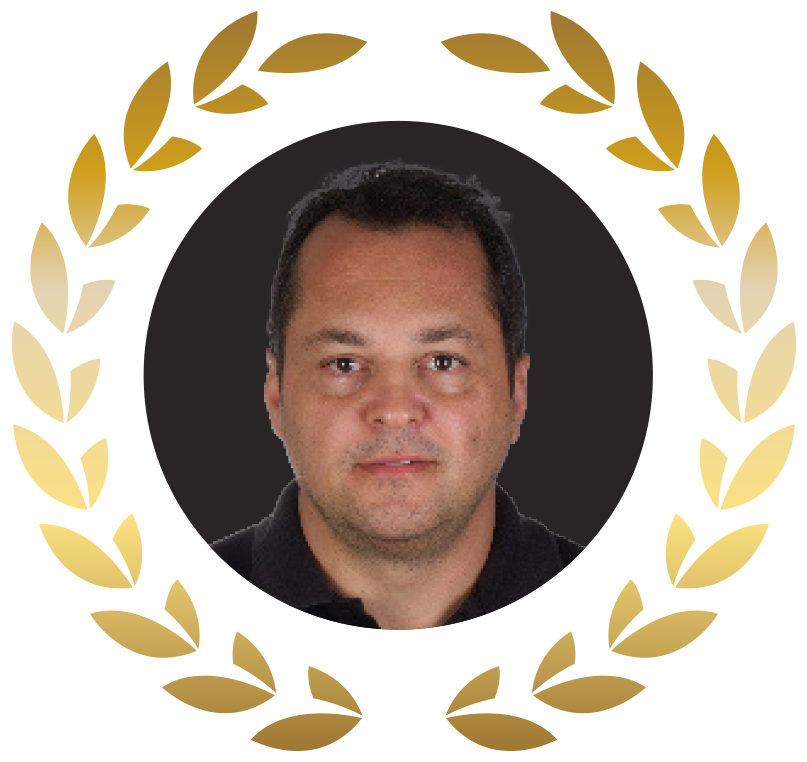
Dr. Paulo Mesquita
Brazil
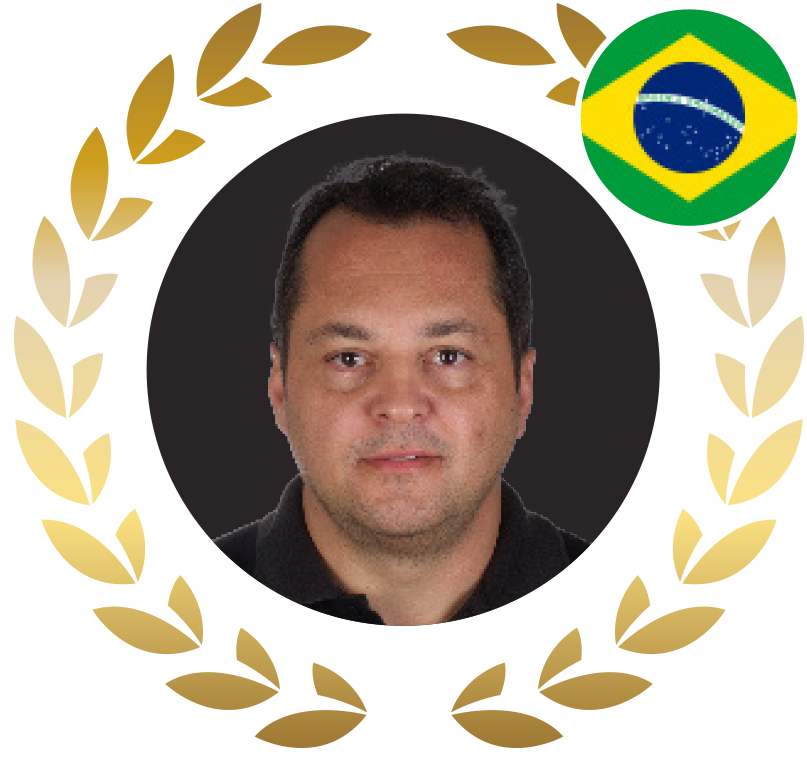
Dr. Paulo Mesquita
Paulo Fernando Mesquita de Carvalho DDS, PhD, is a Professor, Research and Advanced Training in Dentistry, ImplantePerio Institute, São Paulo, and Associate Professor, Implant Dentistry MSc Program, São Leopoldo Mantic Dentistry Research Center, Brazil. He is author and co-author of several scientific publications and textbook chapters, primarily periodontal tissue management around teeth and implants, and one of the authors of the books, “Aesthetic Tissue Reconstruction” and “Aesthetic Perio-Implantology.” Prof. Mesquita de Carvalho is board certified in Periodontics, São Paulo University, Ribeirão Preto School of Dentistry, and in Oral Maxillofacial Surgery, Alfenas University, Brazil. He holds a post-graduate degree, Aesthetic Dentistry, SENAC and a MSc, Periodontics, São Leopoldo Dentistry Research Center.
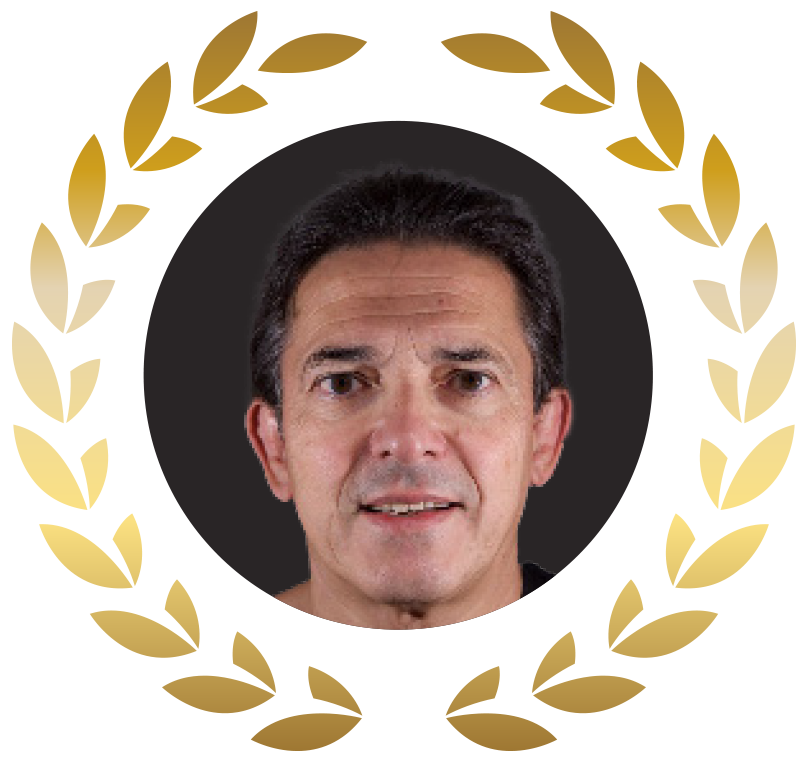
Dr. Michel Rogé
Andorra
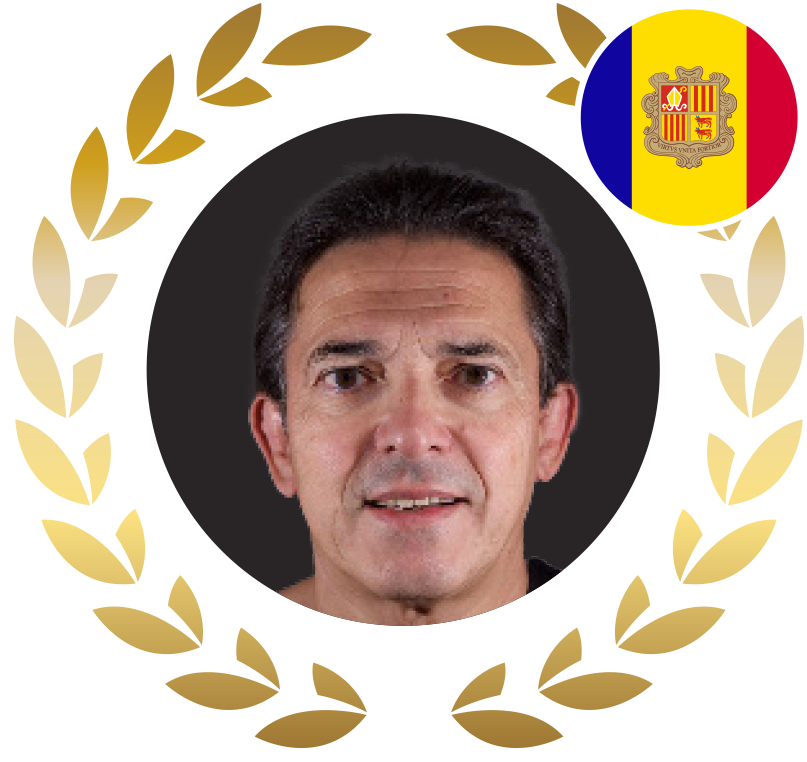
Dr. Michel Rogé
Dr. Michel Rogé is an expert in highly-specialized aesthetic dentistry, national and international speaker, and author and co-author of numerous books, and articles on aesthetic dentistry in industry journals. His research focuses on the development of the previsualization concept, “Computerized Aesthetic Analysis.” A former Visiting Professor, Faculty of Dentistry, Prosthodontics Department, and Preceptorship, School of Dentistry, Dental Esthetics, both at USC, Los Angeles, Dr. Rogé received his undergraduate degree in Dentistry and DDS, Faculty of Dentistry, and Certificate in Bacteriology and Virology, Faculty of Medicine, both from the University of Montpellier, France. He holds a Certificate in Prosthodontics, Goldman School of Dentistry, Boston University, MSc in Education (MSD), USC, and Certificate of Advanced Studies, Fixed Prosthesis, University of Montpellier. Dr. Rogé manages a private practice limited to Prosthodontics in Andorra, Europe.
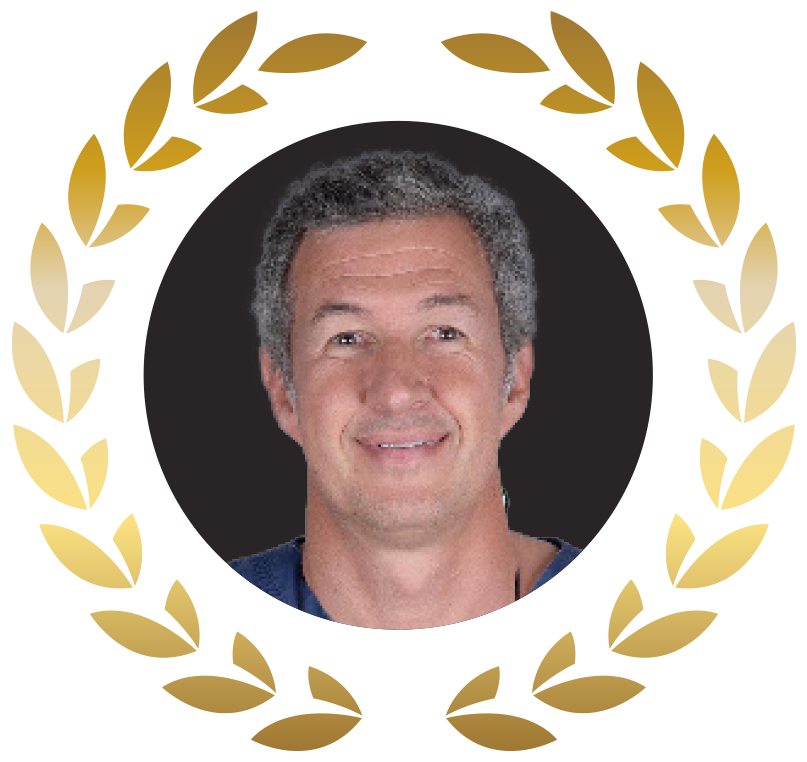
Dr. José Nart
Spain
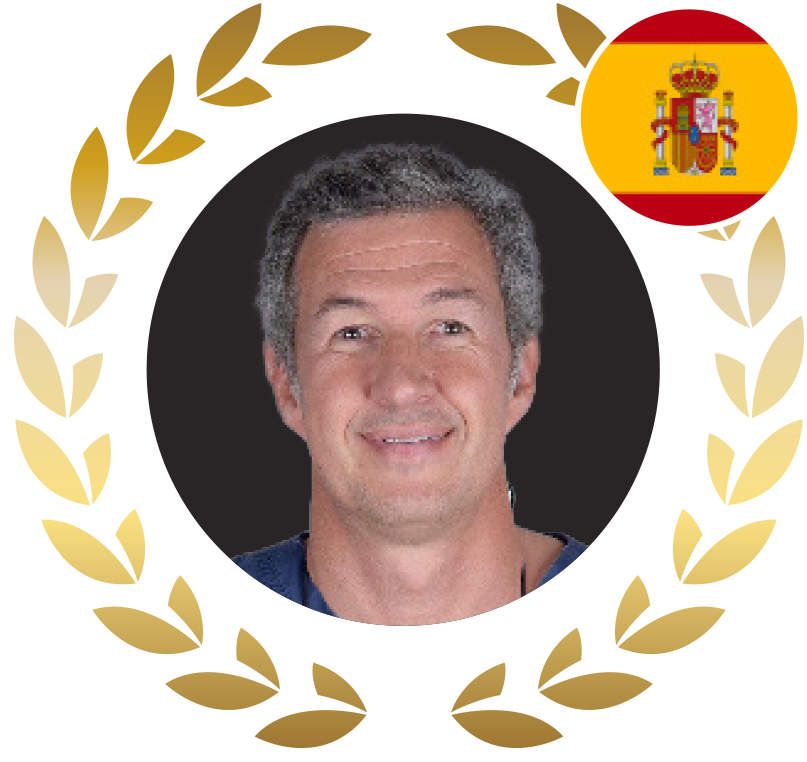
Dr. José Nart
Dr. José Nart DDS, is Professor of Periodontology, Chairman and Program Director, Faculty of Dentistry, Department of Periodontology, International University of Catalonia (UIC), Barcelona, President of the Spanish Society of Periodontology and Osseointegration (SEPA), 2022-25, and member, Osteology Foundation Expert Council. A guest speaker at numerous national and international conferences, Dr. Nart is author of over 100 JCR publications, and reviewer of Periodontology and Implant Dentistry journals. He holds a DDS and PhD in Dentistry, UIC Barcelona, certificate in Periodontology and Implant Surgery, Tufts University, Boston, and diploma, American Board of Periodontology and Implant Surgery. Dr. Nart manages a family-run multispecialty private practice in Barcelona.
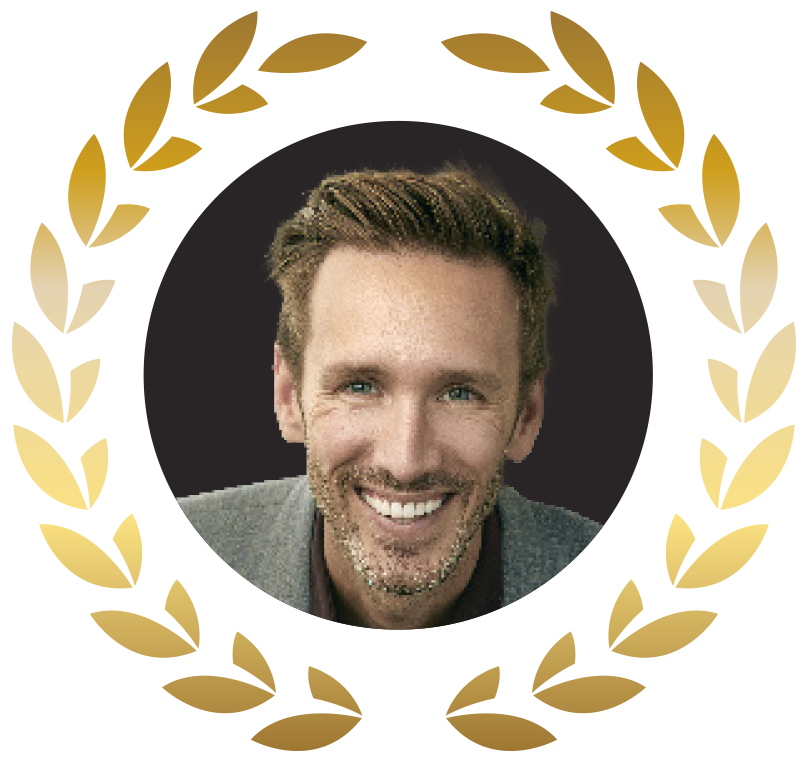
Congress Moderator
Dr. Kyle Stanley
USA
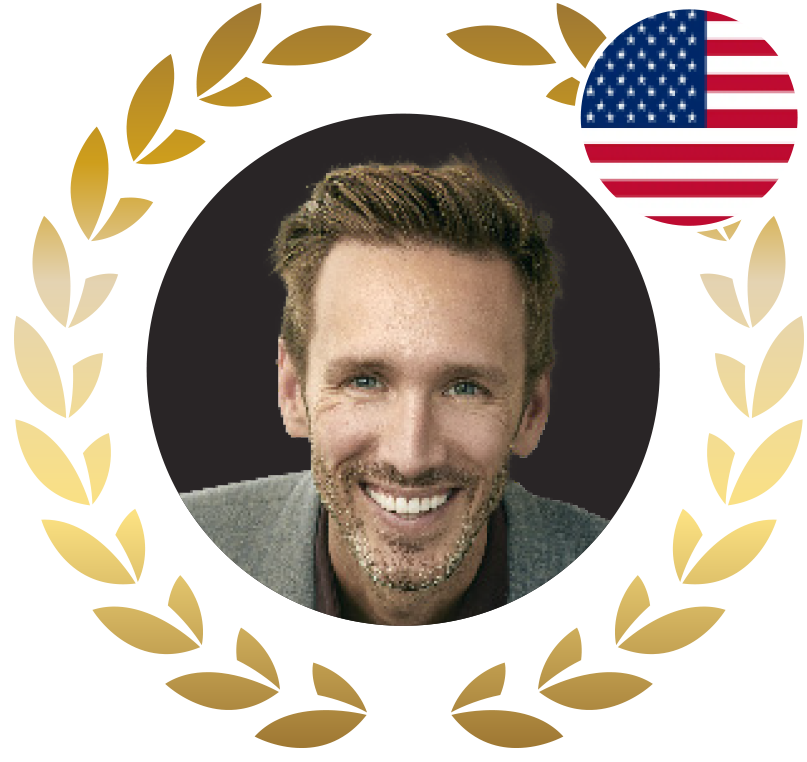
Dr. Kyle Stanley
Congress Moderator
Dr. Kyle Stanley DDS, is a prominent advocate of mental health in dentistry, and an advisor for forward-thinking dental tech companies. A distinguished researcher, he has published numerous articles in industry journals on esthetics, implants, and plastic surgery. Named “The Next Generation of Cosmetic Dentistry” by the American Academy of Cosmetic Dentistry, “The Top 10 Young Educators in Dentistry” by the Seattle Study Club, and “World's Top 100 Doctors in Dentistry,” Dr. Stanley is also a guest speaker at leading industry events. He is the founder of the award-winning Light Side Academy, a community of dental professionals helping dentists to reduce burnout for a sustainable career in dentistry. As one of the few dental AI experts in the world, Dr. Stanley co-founded Pearl, dedicated to changing patient treatment via artificial intelligence. He received his Doctorate of Dental Surgery from USC, California, completed his dental implant residency and specialty in Brazil, and maintains a private practice in Beverly Hills, focusing on implant surgery and prosthetics.
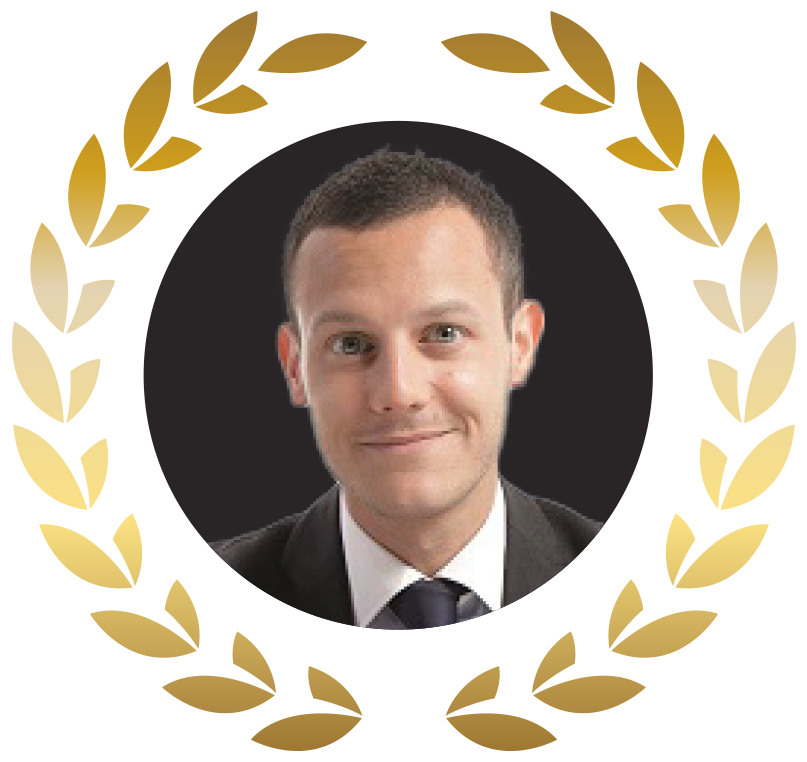
Dr. David Nisand
France
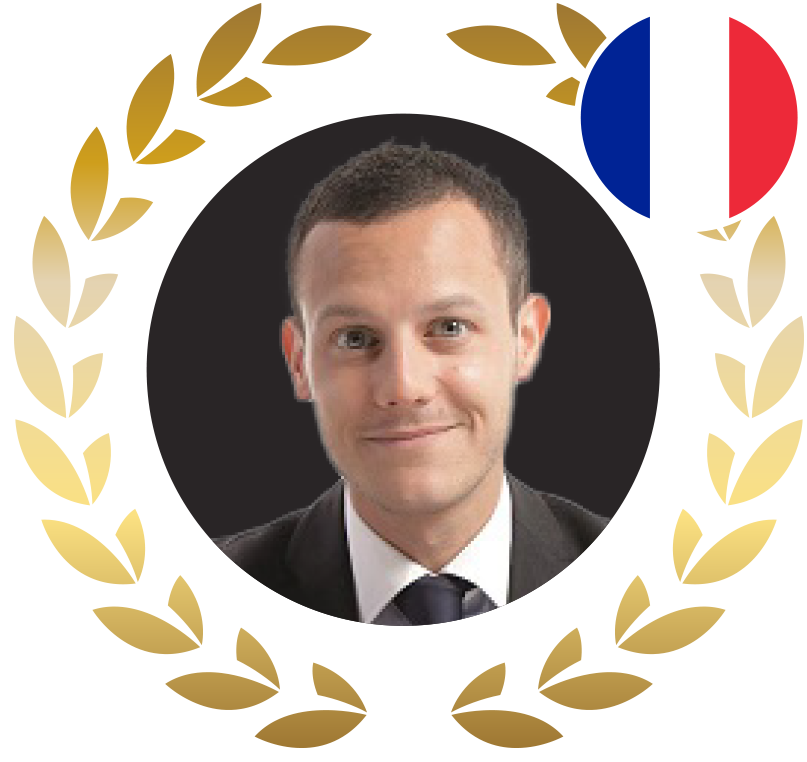
Dr. David Nisand
Dr. David Nisand is a specialist in Periodontics, President, French Society of Periodontology and Oral Implantology (SFPIO), and member of the European Association for Osseointegration (EAO) Communication Committee. A guest lecturer, Department of Periodontology, Paris Diderot University, Dr. Nisand’s primary interests include periodontal reconstructive surgery, and periodontal and implant therapy. He is author of numerous international peer reviewed publications and book chapters, co-editor of the EAO journal, Inspyred, reviewer of key scientific journals, and an international speaker on bone regeneration, short implants, periodontal regeneration, osseointegration and implant protocols. Dr. Nisand received a DDS and post-graduate education in Periodontology and Oral Implantology, Paris Diderot University. He manages a private practice focused on periodontal therapy and oral implantology in Paris.
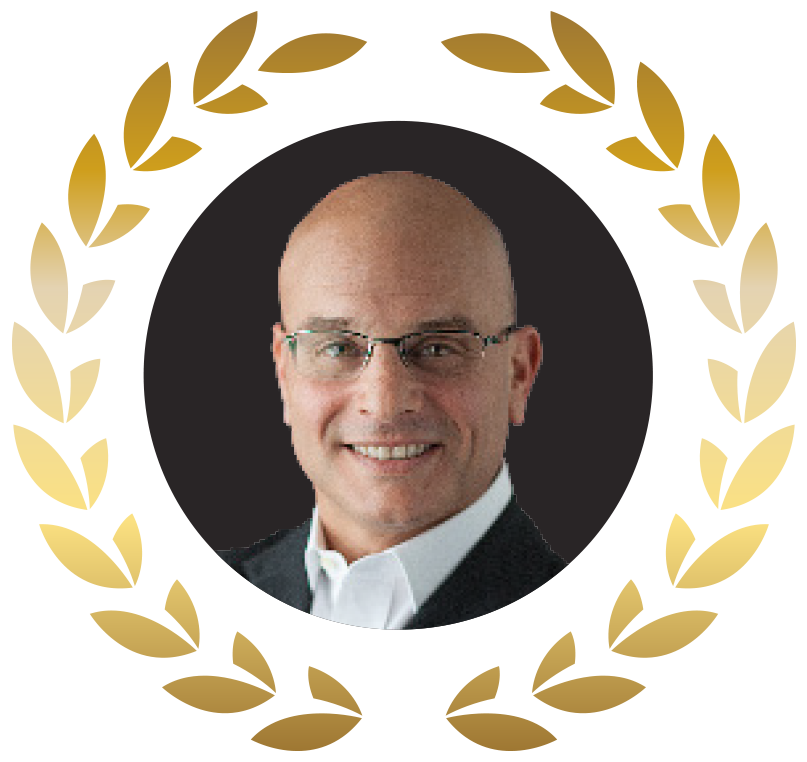
CMDT Giuseppe Romeo
Italy
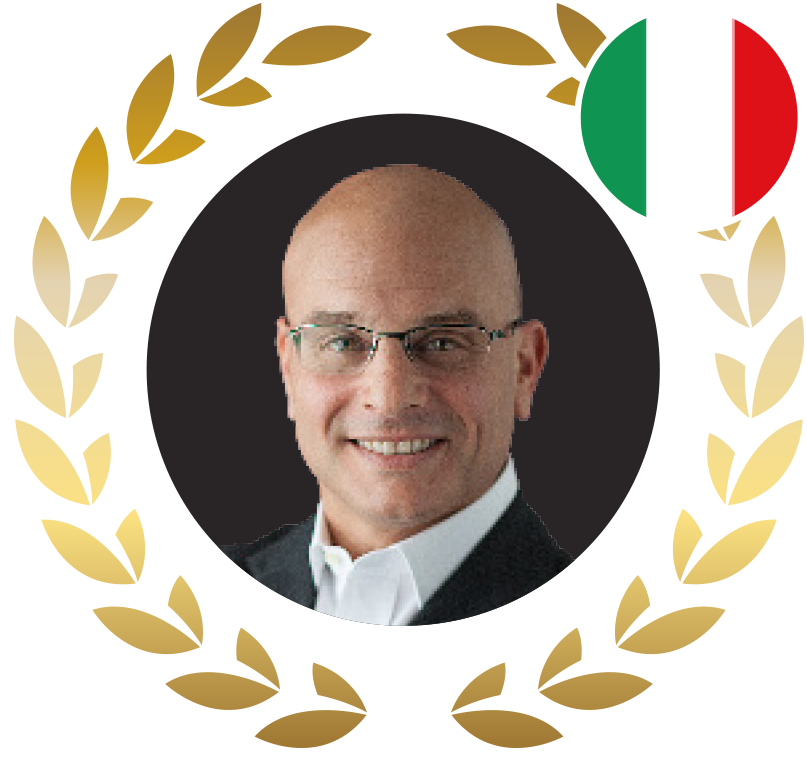
CMDT Giuseppe Romeo
Giuseppe Romeo is an accomplished Certified Master Dental Technician (CMDT). Published extensively in national and international journals, he also contributed to the textbooks, “Esthetics and Precision. Clinical and Technical Procedures” (translated into eight languages), and “Aesthetic & Restorative Dentistry,” and is an Associate Editor, Dental Technology, International Journal of Esthetic Dentistry (IJED). Earlier, he served as Clinical Assistant Professor, Division of Restorative Sciences, USC, Los Angeles. Romeo is actively involved in several professional organizations, including the Oral Design International Foundation, American Academy of Esthetic Dentistry (Fellow), European Academy of Esthetic Dentistry, Italian Academy of Esthetic Dentistry, European Society of Cosmetic Dentistry, European Academy of Digital Dentistry (Executive Council), and the American Academy of Microscope Enhanced Dentistry (Fellow). Trained in dental technology in Turin, Italy, Romeo furthered his studies at the University of Geneva, completed his education in Italy and abroad, and later worked in the U.S. and Switzerland. He is the owner of the Oral Design Center, Turin.
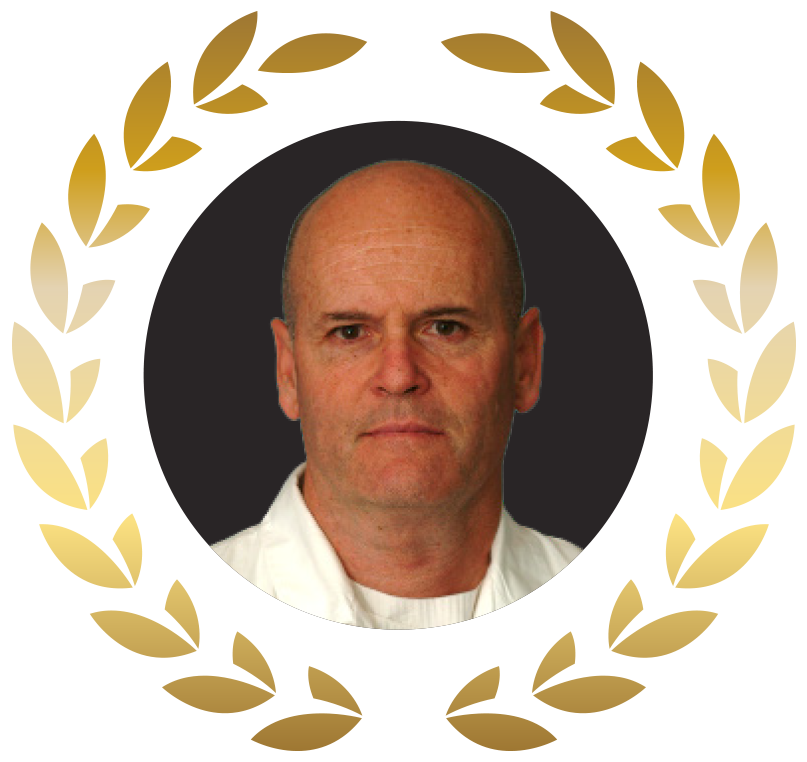
Scientific Committee
Prof. Ofer Moses
Israel
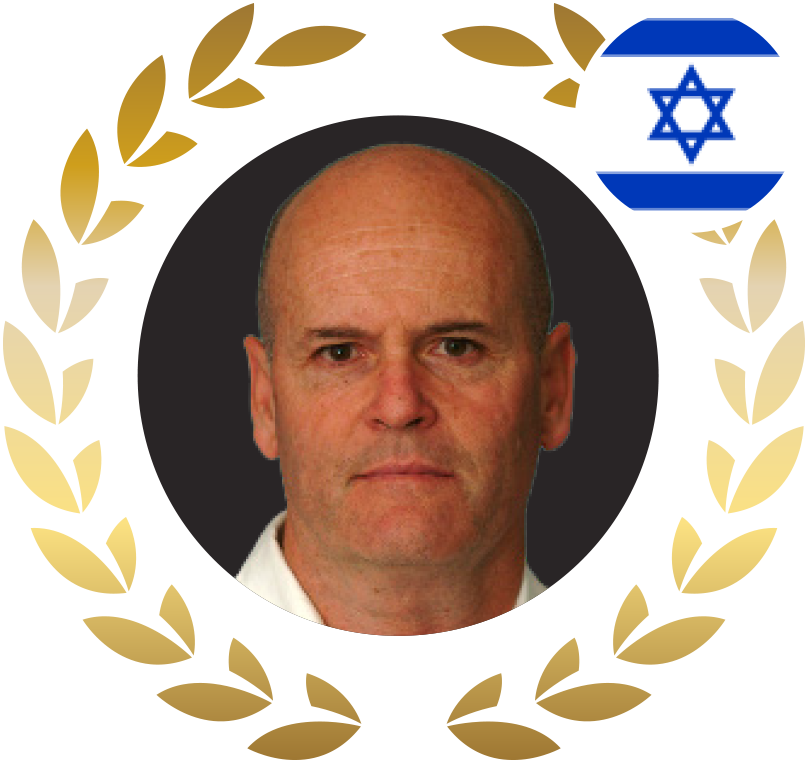
Prof. Ofer Moses
Scientific Committee
Prof. Moses is professor of periodontology in the School of Dental Medicine at Tel Aviv University in Tel Aviv, Israel, where he is also an instructor in the periodontology & dental implantology postgraduate program and a member of the educational and research board responsible for the final projects of graduate students. His current fields of research include different aspects of GBR; GTR; the use of different biomaterials and dental implants in diabetic patients; gene expression during molecular events following GBR procedures; innovative grafting materials; and the influence of drilling protocols and implant neck design on bone-to-implant contact during early and late healing cascade. Prof. Moses has extensive clinical expertise in periodontal and regenerative treatment, soft tissue and osseous aesthetic microsurgery (teeth and implants), dental implants, and advanced surgical solutions for bone regeneration. He was European winner of the 2013 Basic Science Dental Implantology Competition (Dublin, Ireland) and a finalist in the European Basic Science Research competitions held in Glasgow, Scotland (2010), Dublin, Ireland (2013) and Rome, Italy (2014).
Prof. Moses has authored/co-authored over 60 articles published in international peer-reviewed journals. He is a scientific consultant to the Israeli Ministry of Health and Science and the Israeli Chief Scientist, and serves as a dental implant consultant to biotechnology and implant companies. Prof. Moses is also a reviewer of requests to various international science grant foundations, and a reviewer of papers tendered for publication in several international periodontal, dental implant and pharmaceutical journals.
Event Schedule
Celebration Party
Scientific Program
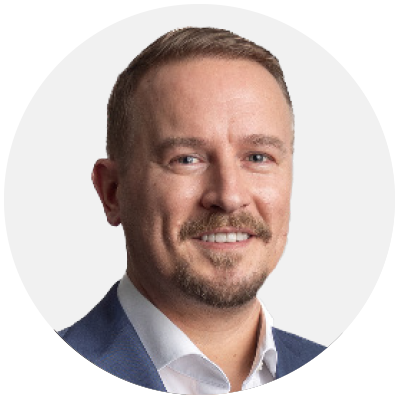
Coming soon...
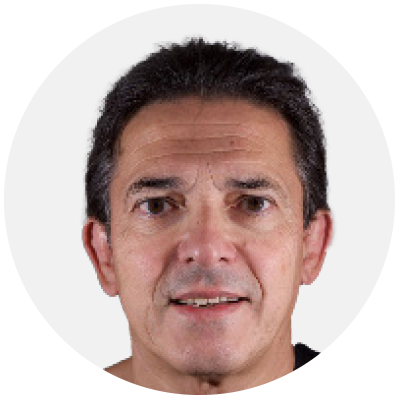
Prosthetic management for implant-supported full mouth rehabilitation is a complex procedure that requires expertise and a broad vision. Unfortunately, the means involved in prosthetic treatment often overshadow the essence of our achievements. It becomes increasingly evident that the efficiency of technology and science is overshadowing the philosophy and humanistic dimension of our profession.
Albert Einstein once said, “The perfection of the means and the confusion of the goal seem to characterize our age.” This presentation aims to demonstrate that in the treatment of full mouth restoration, the objective must be clearly identified because it dictates the selection of the means.
Rather than seeking an ideal treatment, which is unrealistic given the multitude of contributing factors, we must ask ourselves:
What does the patient want?
What does the patient need?
What can we achieve?
These questions bring up issues of our responsibilities and values:
Should we respond to the patient's request regardless of its relevance and give them what they desire, or should we educate them?
Can we consider that standardization and protocol should govern our practice?
Should we maintain our identity, creativity, and imagination to preserve the artistic dimension of our profession?
Can we believe that the quality of our achievements is exclusively dependent on products and technology?
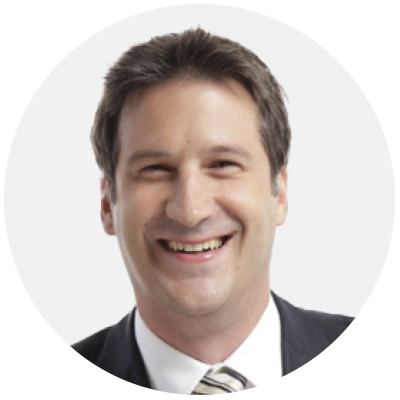
Every day, we must manage increasingly complex cases from both aesthetic and prosthetic perspectives, often involving dental elements intended for extraction. The clinical and social needs of patients demand fast treatments within increasingly limited budgets. Clinicians must handle a significant amount of information and variables to finalize rehabilitation optimally. Over the last decade, technology has provided many diagnostic and technological tools to redesign the mouth using prosthetic software, which was previously managed solely by technicians. This advancement speeds up the initial phase and the finalization of the treatment, reducing stress and increasing the involvement of the patient.
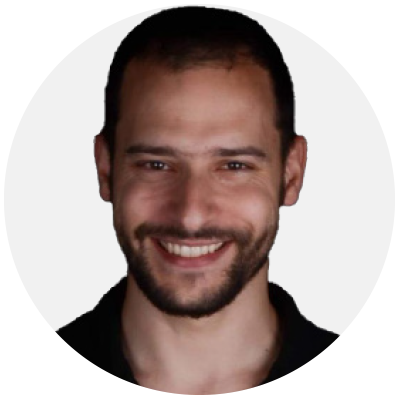
Patient demands and expectations in implant dentistry are increasingly high. They seek more aesthetic results with minimal morbidity and in shorter treatment times. Various approaches and prosthetic designs are available for full mouth rehabilitations. In some cases, vertical bone reduction is necessary to hide the prosthetic transition in the smile line or to create enough vertical space for prosthetics. However, patients often find FP3 prosthetic solutions unnatural, uncomfortable, and difficult to clean.
A perio-prostho approach with FP1 prosthetic design (without artificial gum) allows clinicians to restore the natural tissue architecture around implant-supported rehabilitations, providing the desired aesthetics and comfort. This approach requires complex and precise reverse planning, mastering implant 3D positioning, and soft tissue grafting procedures. Provisionals play a crucial role in managing emergence profiles throughout the process to the final restoration.
The precision of digital workflows significantly improves outcomes in these sensitive procedures, enhancing aesthetics and avoiding additional reconstruction compared to conventional approaches. Digital prosthetic tools guide the clinician through a more predictable and comfortable path during both the surgical and prosthetic phases, ensuring the final result is accurate and closely aligned with the initial plan.
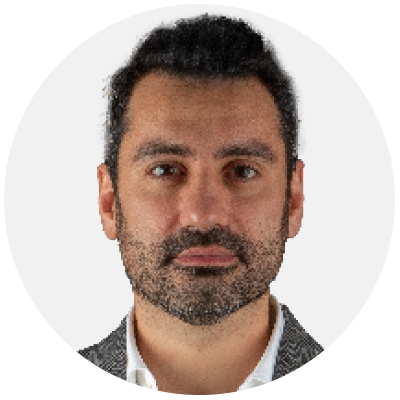
This session will focus on the FP3 approach in full arch implantology, specifically for treating patients with atrophic jaws. The speaker will discuss both bone augmentation techniques and the use of native bone for immediate loading, offering a comprehensive view of managing complex cases.
The session will cover the native bone perspective, focusing on immediate loading protocols. This approach demonstrates how implants can be placed and loaded in patients with sufficient native bone, reducing treatment time and improving patient satisfaction. Clinical case studies will illustrate the practical application and benefits of immediate loading in full arch rehabilitations.
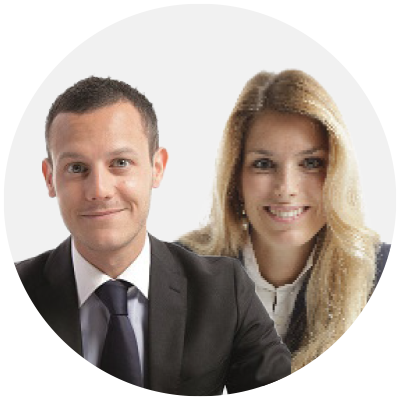
Osseointegrated oral implants have been successfully reported for over four decades. Prosthetically-driven implant positioning requires a sufficient volume of bone in the desired position. However, as a result of trauma or infectious diseases such as advanced periodontitis, sufficient bone volume is frequently lacking. Regardless the numerous surgical techniques described in the literature that aim at regenerating bone in a vertical and horizontal dimension, clinicians still struggle when faced with challenging vertical defects. The use of autogenous bone could be a viable option, however, it clearly causes discomfort to the patient, increases morbidity, and undergoes a rapid degree of resorption
Advances in digital imaging and 3D reconstructions offer dramatic improvements in diagnostics when faced with severe vertical jaw defects. This presentation will present the use of Guided Bone Regeneration associated to non-autogenous scaffolds, and how it now constitutes state-of-the art bone augmentation in all alveolar defects with or without dental implants.
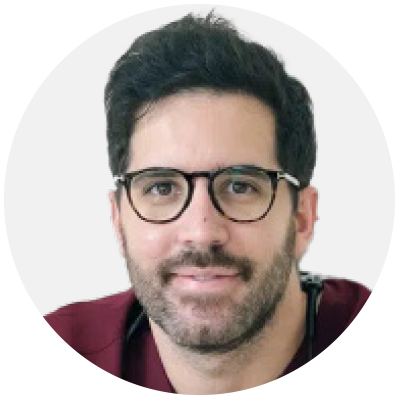
Focusing on single implant tooth replacements in the aesthetic zone, this lecture offers essential guidance for successful outcomes. Topics covered include post-extraction socket biology, immediate and delayed placement protocols, as well as hard and soft tissue augmentation. Participants will gain a clear approach to decision-making in aesthetic cases, paving the way for effective treatment strategies.
Key points:
- Exploring immediate and delayed placement protocols for single implant tooth replacements in the aesthetic zone.
- Understanding the importance of hard and soft tissue augmentation for
- achieving optimal aesthetic outcomes.
- Clear approach to decision-making in aesthetic cases
- The role of the abutments to achieving excellent esthetic results
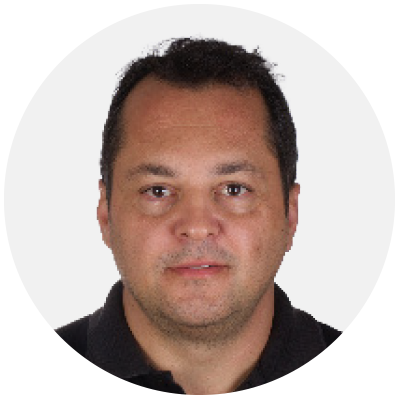
Managing complications around implants in aesthetic areas presents significant challenges for clinicians, requiring a delicate balance between restoring tissue health and achieving an ideal aesthetic outcome. Various types of defects, diseases, and sequelae can affect implants in these areas. The decision to preserve or remove an implant depends on the type and extent of these complications, as well as an analysis of aesthetic risk and the potential to resolve the issue.
This process begins with a detailed diagnosis and an individualized risk analysis of the patient's clinical condition and expectations. Most cases involve an integrated prosthetic and surgical approach based on reconstructive procedures using hard and/or soft tissue grafts. However, more complex cases may also require the involvement of related disciplines such as endodontics and orthodontics.
In summary, successful treatment requires a personalized and often interdisciplinary approach that prioritizes the patient's aesthetic and functional needs, guided by clinical experience and evidence-based protocols.
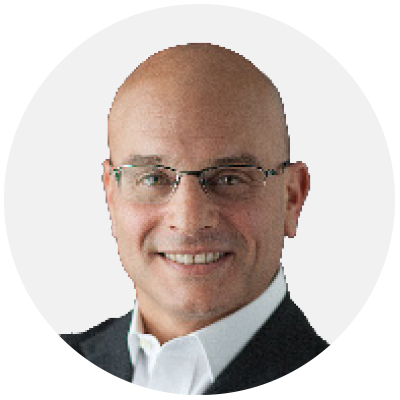
In recent years, tremendous improvements have been made around Aesthetic Restoration. This evolution is derived not only from aesthetic requirements of the patient, but also from establishing and maintaining a good rapport between the dental clinician and the dental technician. The clinician should have a clear understanding of the technical steps required to streamline the procedure and make it easier for the technician to provide the necessary assistance. The lab should also be familiar with the clinical operational steps and the potential challenges in the patient’s mouth. This enables the technician to develop additional techniques to best assist the clinician during the procedure. Further, this allows the clinician to plan the case and give the patient the opportunity to perceive and clearly understand the treatment proposed more efficiently.
From a technical perspective, the numerous possibilities for anatomical tooth reproduction will be examined. A new system will be presented that will enable dental professionals to go beyond traditional creative standards in aesthetic rehabilitation. The principal tooth forms and their individual characteristics will be analyzed, and the discussion will lay the groundwork for the introduction of a new tooth form classification, Dental Anatomical Combinations. With regard to the patient’s face, several factors will be evaluated when designing an individually customized dental restoration. Additional innovative digital systems will be evaluated in order to create an individual tooth shape for the patient, and the subsequently customized smile.
The application of this new system and the ensuing ceramic layering procedures will be demonstrated via a clinical case report. All of the rehabilitations, simple or complex, are created with precision using the stereomicroscope to achieve the planned result and increase the longevity of the restoration. The key objective is to provide valuable information to support the prosthodontic team in the treatment of various clinical cases. Detailed analysis of the most significant clinical and technical procedures will be reviewed, beginning with the clinical diagnosis and subsequent diagnostic wax-up, progressing to the correct use of provisional restorations, fundamental in the conditioning and proper development of soft tissues, as well as achieving functional and esthetic objectives.
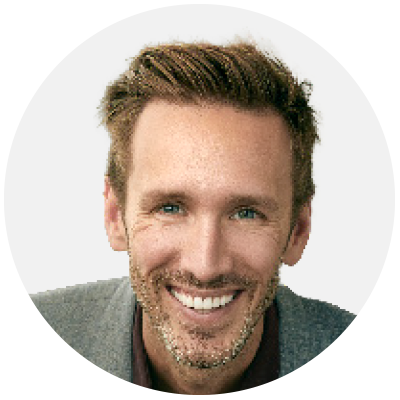
The symbiotic relationship between sound business management principles and the promotion of mental wellness in the dental industry, is where the patient, practice, and practitioner thrive. In this presentation, we will analyze the impact of workplace culture on employee engagement, and patient care and retention, and learn how to implement techniques for fostering open communication, teamwork, and appreciation to cultivate a positive work environment. Further, we will explore strategies that prioritize practitioner well-being while maintaining operational efficiency and profitability, and how to develop a comprehensive plan for integrating mental wellness initiatives into the practice’s core business model by aligning organizational goals with mental resilience.
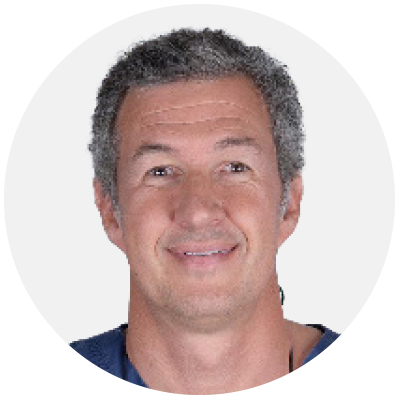
The symbiotic relationship between sound business management principles and the promotion of mental wellness in the dental industry, is where the patient, practice, and practitioner thrive. In this presentation, we will analyze the impact of workplace culture on employee engagement, and patient care and retention, and learn how to implement techniques for fostering open communication, teamwork, and appreciation to cultivate a positive work environment. Further, we will explore strategies that prioritize practitioner well-being while maintaining operational efficiency and profitability, and how to develop a comprehensive plan for integrating mental wellness initiatives into the practice’s core business model by aligning organizational goals with mental resilience.
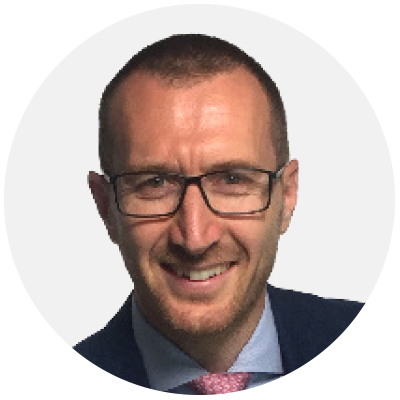
Coming soon...
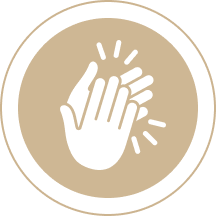


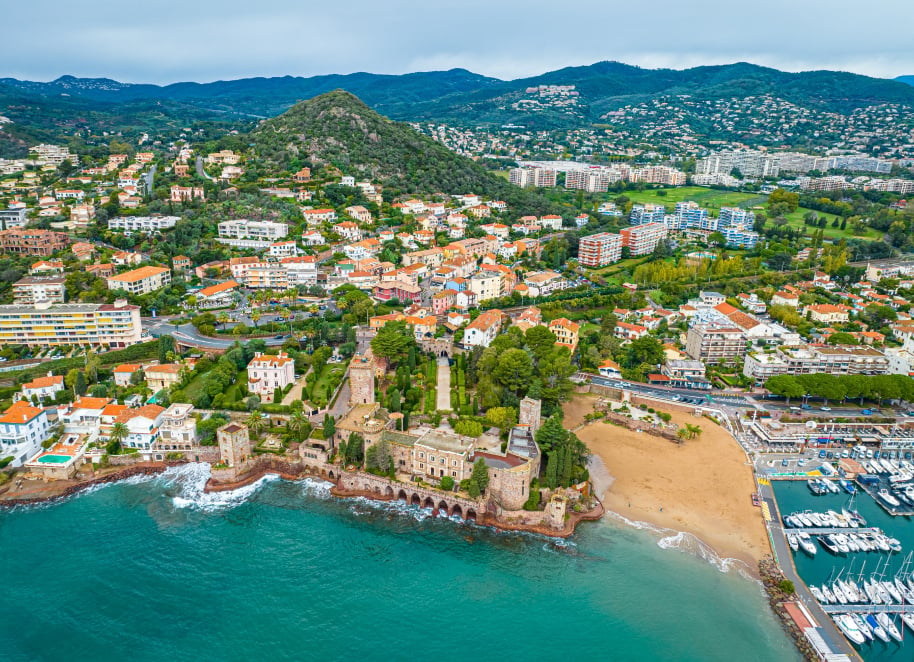

%201.jpg)


